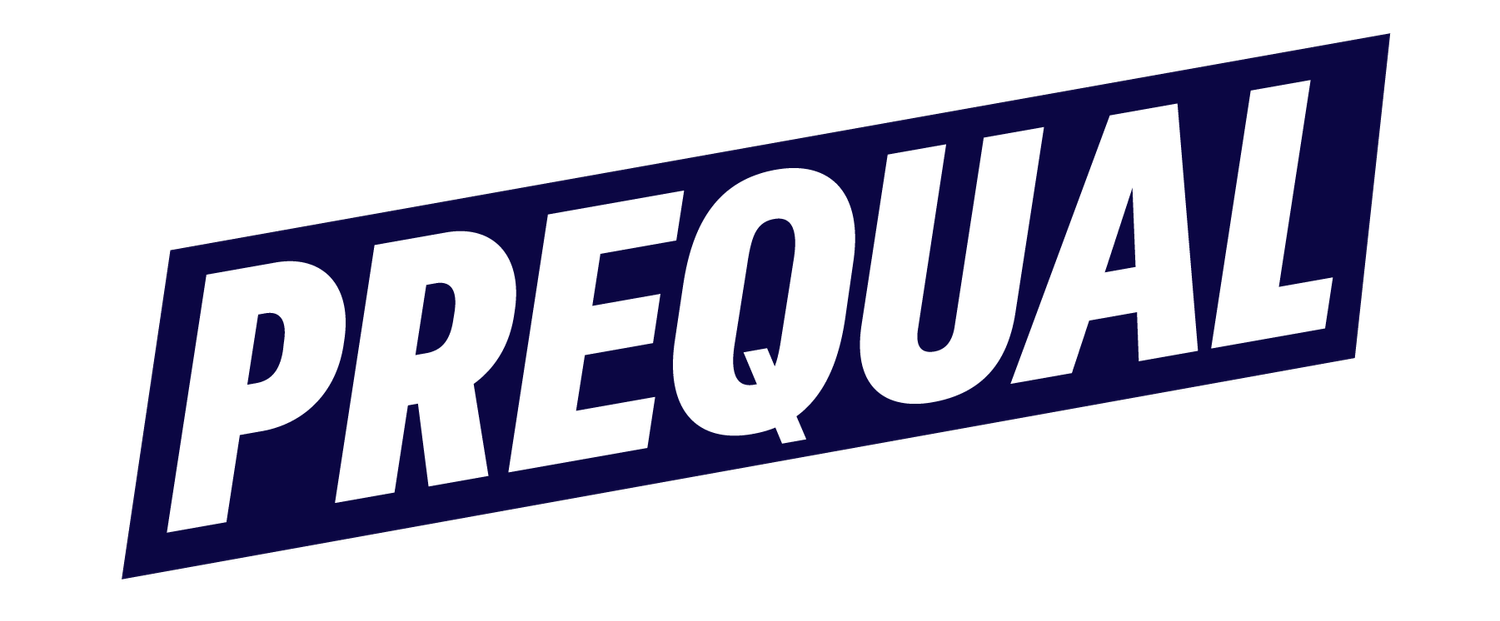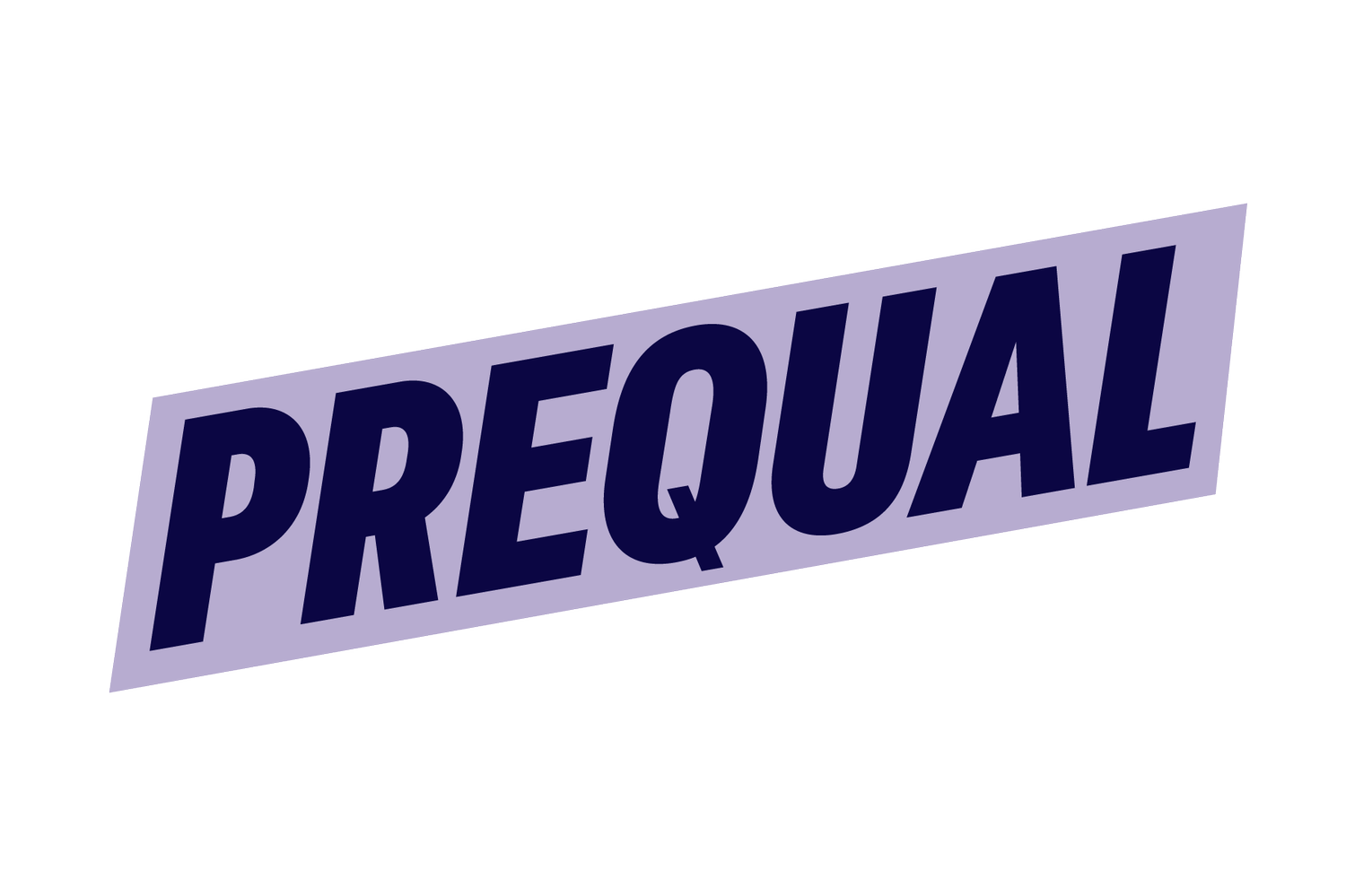Pricing Strategies for Profitability and Sales
Pricing matters. If you go on any freelancer forum or Google top advice for business owners and professionals, price will forever be a hot topic. And it’s no surprise. Money is emotional, and price and money go hand-in-hand. That’s why we’re taking quite a few paragraphs in this post to delve into all things pricing strategies, including:
The emotional and psychological factors of money and clients
How to price your services
How to proactively raise the issues of fees and budgets with clients and prospects
Discuss fees and budgets in a way that addresses not only cost but also value
Transform discussions about money into a tool for premium selling and client service
Money Is Emotional
Before we get into all of that, we need to get emotional. Because talking about money is uncomfortable. There is no getting around the fact that money is a touchy subject. No matter if you’re buying or selling, once money enters the conversation, so do our emotions.
The problem most sellers face when talking about money is the desire to end that feeling of discomfort as quickly as possible. And all too often, sellers think they need to offer a discount to overcome those feelings. No one wants to lose business to their competitors, so you assume you can win by offering a lower price. But that knee-jerk reaction doesn’t do anyone any favors. You end up resenting the client for not paying a fair price, and the client doesn’t get to see and feel the full value of your work.
Your clients and potential clients will always want as much as possible for as little as possible, but that way of pricing isn’t fair to you or your bottom line, especially when there’s so much on the line when it comes to pricing.
Yes, pricing is only one portion of the sales process, but it’s an important one. Let’s dive into how to have better money conversations, price your services, understand your buyer's mindset, and use pricing and billing to create a positive client experience.
How to Have Better Pricing Conversations
You stand to gain a lot by having better pricing conversations. Aside from the financial gains, your business development efforts and client's experience stand to benefit as well.
Consider this: When you have better money conversations, you will see:
Better margins
Fewer write-offs
Better ROI
Higher close rates
Greater sales predictability
Better client experience
Greater team satisfaction
Increased peace of mind
There is more to pricing than simply choosing a price point or providing a rate schedule. If it were that simple, entire courses wouldn’t be dedicated to pricing. Or 2,000-word blog posts like this one. If you want to have productive, profitable pricing conversations, you can’t just focus on price. If you allow pricing discussions to focus on the cost, you are in a win-lose negotiation. And you are setting yourself for a race to the bottom, where the lowest price “wins.”
You need to actively use pricing tactics to avoid competing on price. If you understand the value you create for the client, you can communicate this value. And if you can communicate the value, you can confidently justify your fee to that client. When you compete on the value that you bring, you’re no longer only competing on price.
How to Reduce Price Competition
Whether you’re in an active pitching situation or working on your long game, there are several tactics you can use to reduce or eliminate competing only on price.
Immediate tactics include:
Demonstrate value: If you are not competing on superior value, your only means of competing is price.
Choose an appealing fee structure (see the pricing structures and strategies section below)
Demonstrate a cost-conscious attitude: this means having proactive money conversations and keeping the client in the loop on costs accrued prior to sending an invoice
Offer guarantees: Giving your prospective a guarantee provides them with a greater sense of ease and incentive to work with you
Provide options: Choose three pricing options that offer alternatives to the arrangement and scope of the project
Long-term tactics include:
Become a visible expert: your reputation will precede you
Become a trusted advisor: offer sound advice and counsel to your prospects
Improve the quality of your clients (i.e., find clients who are less price-sensitive)
But there’s more at play here than demonstrating value and understanding the emotion of money, you also need to understand the mindset of all parties involved in a pricing conversation.
Understanding Your Buyers Mindset
Understanding how buyers buy is a combination of psychology, economics, and communication.
Businesses don’t make purchases. Full stop. Individuals make purchases. That's why, at Prequal, we stress the importance of building authentic relationships in sales. Authentic relationships with people who have influence and are invested in your success are pivotal to making sales.
Remember: People do business with other people.
Companies don’t hire people. People hire people. People make decisions about whether, where, and how to buy products and services. People recommend other people.
Your buyer is a person, so sell to them like a person. Understand what questions they might have. Common questions your clients are asking themselves in a sales conversation are:
What am I getting for my money?
Do I trust and like this person?
Do they solve problems for people like me?
If you can answer those questions, you’ve solved their main concerns, and it becomes so much easier to talk about and focus on the value you provide – person to person.
Understanding The Sellers Mindset
Our buyer's mindset isn’t the only one to consider. When you’re in a selling situation, your mindset comes into play as well. You have to be confident in your services and know that they are a good match for the prospective buyer. As a seller, that means:
You must have something of value that benefits the buyer.
You must know enough about the buyer to know what would be valuable to them.
Your actions and intentions must be customer-centric.
Prepare and honor the prospect’s time.
We often focus on what we’re bringing to the table in a sales scenario. But consider the opposite true as well: If you have solutions that could help your prospect and you are not offering the solutions or sharing, you are doing a disservice to your relationship.
How to Determine Pricing, Fees, and Value During the Sales Process
So, knowing that how do you actually set your prices? Prequal doesn’t have a pricing calculator where you can plug in some numbers and a piece of software will spit out your ideal price. We don’t have that because there is so much more that goes into determining a price that a simple calculator can’t capture. For a price to be fair, there are a lot of considerations both for you and the client.
The right price is fair to the client if they:
choose you.
willingly pay.
believe they obtained value.
are loyal and willing to refer.
The right price is fair to you if it is:
profitable
meets your objectives
captures a fair share of the value created
That’s why in a sales conversation it helps to remember that you’re a person selling to another person. And people aren’t always rational, even when it comes to making financial decisions. Maybe especially when it comes to financial decisions.
Prequal Pricing Tip: Clients will buy emotionally and justify rationally.
So when considering a price, you need to think about your client’s interests. There are three distinct ways of thinking about the value you create for clients:
How are you helping the organization?
How are you helping the individual(s)?
What makes your offer superior to competitors?
How to Price Your Services
You always have to start with scope. The scope is the combined objectives and requirements needed to complete a project. When you begin with scope, you create clear expectations and guidelines for the work to be done, the timeline it will be completed, and the exact parameters of the final product or result. Ideally, your scope should also include what happens if a matter stalls or outright tanks.
Once you have discussed the project's scope with your client, you need to commit to the objectives in writing. This written document is often called a Statement of Work (SOW). An SOW creates an added layer of understanding and something for all parties to reference should things start to spiral out of control. The written scope should provide the basis for collaborative agreement before work begins, serve as an important reference, and help inform and reinforce expectations for your client about the project.
Pricing Strategies and Fees Structures
There are several methods and strategies for pricing your offering and creating fee structures. The two most common are flat fees and time-based billing. But even within those two options, there are variations.
Time-based billing
Hourly rates
Blended hourly rates: this is a middle rate between a high hourly rate charged for more experienced personnel and the lower hourly rate charged for junior personnel
Volume discounts: this typically is offered when a client or prospect buys a block of your time at a discounted rate
Flat fees
Fixed fee: used for a defined matter or project
Event fee: used for defined tasks
Retainer: employed for a defined period
For a greater breakdown of pricing strategies and fee structures, download our free pricing strategies resource.
Prequal Pricing Tip: Clients are less cost-sensitive when they feel they are getting good advice
The Importance of Billing
We’re not going to beat around the bush. If you’re overlooking billing as a part of pricing, you’re missing out on a great deal of opportunity for more work and fostering goodwill with your clients. There is plenty more room to improve your sales process within billing. In fact, we see billing as an extension of a good client experience. Client engagements don’t end when the work is complete.
Billing As a Client Service
There is a difference between good and bad billing practices and believe me, your clients can tell the difference. Good billing looks like understanding your clients' processes and preferences. It means you communicate early and often about the progress and cost of your work. It also should include focusing on your own value. When sending a bill or having a conversation around billing, you want to find ways to quantify the results you’ve created, communicate how you’ve used your client’s investment, and utilize custom reporting when possible.
There Is No Reason to Fear Pricing and Pricing Conversations
In conclusion, pricing and billing your services is undoubtedly one of the most challenging aspects of any business or professional journey. It's perfectly reasonable to feel uncomfortable when discussing money matters, as it can be the most awkward part of the client's journey. However, it's essential to remember that getting comfortable with being uncomfortable is the first step toward success.
How you handle these money situations can either strengthen or disrupt relationship loyalty on both sides. While it may be tempting to delay or avoid these conversations for temporary emotional relief, remember that addressing them head-on is crucial for the long-term health of your business and professional relationships. Money conversations that require internal coordination within your organization can be even more uncomfortable, but with practice and the right strategies, you can navigate these waters with confidence and professionalism. Your business and livelihood is on the line, so don’t overlook the importance of being confident when setting your prices and advocating for your worth.
Want more pricing advice and strategies? Watch Prequal’s webinar on all things pricing. Get access to it here:


